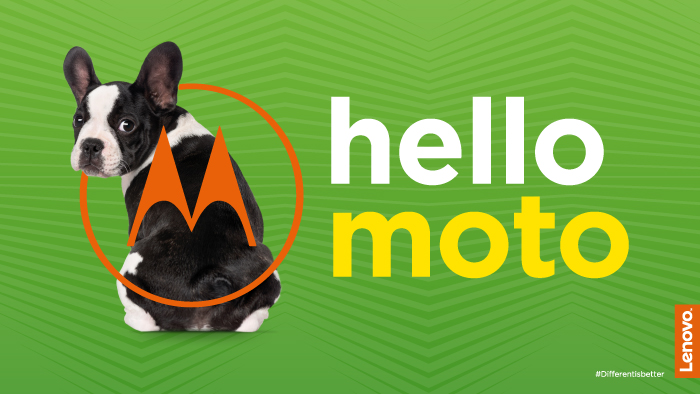To say the journey of Motorola has been interesting is an understatement.
Founded in 1928, the American telecommunications firm focussed on base stations and cathode tubes, innovated in wireless technology in the 80s and fashionable flip phones in the 90s.
However, the changing face of smartphones saw them challenged in the 21st Century by a bevvy of new manufacturers and undergoing major restructuring.
Only in 2019 and under much heavy hype and speculation have they re-entered the fray with a rebooted razr and a host of column inches.
But what is today’s Motorola, both in terms of consumer mindset and products? Can they hope to compete in a world of manufacturers topping the table in marketing budgets and flair?
Let’s take a look at three products that suggest they do…
Motorola One Zoom
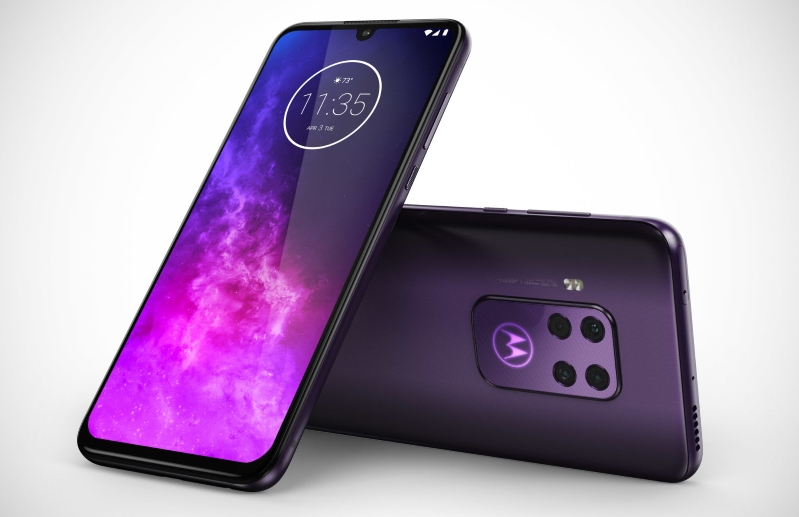
With the smartphone market duopolised by Apple and Samsung, Motorola cleverly cuts through in the competitive sector by delivering flagship specs at mid-range prices.
The latest example of this is the Motorola One Zoom – an Android-powered effort sporting an impressive quad-camera array (with a 48MP main effort) including an ultra-wide-angle lens, and a 6.4″ OLED display – a hardy and high-specced device for under £400.
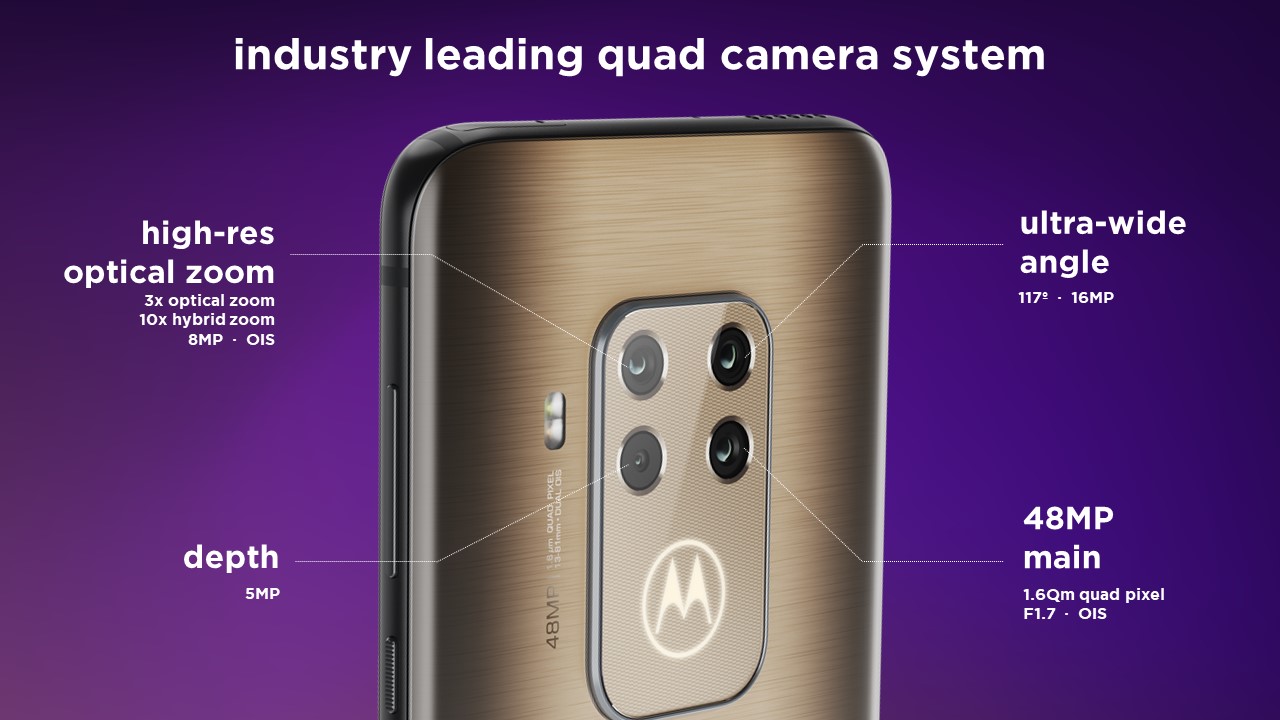
Selfies haven’t been ignored with a 25MP front-facing camera and battery life has been smashed out of the park with a 4000mAh battery – think a day and a half without worrying where the charger is, and filling up the tank in less than under 90 minutes when you finally do.
Security a concern? The under-display fingerprint scanner – usually the reserve of pricier efforts – is present and correct, as well as the fashionable (if less functional) face unlock.
With such a strong smartphone leading the pack, Motorola stands alongside the return-to-form success story of Nokia by making their way back into the hearts and minds of cost-conscious consumers.
Lenovo Smart Displays
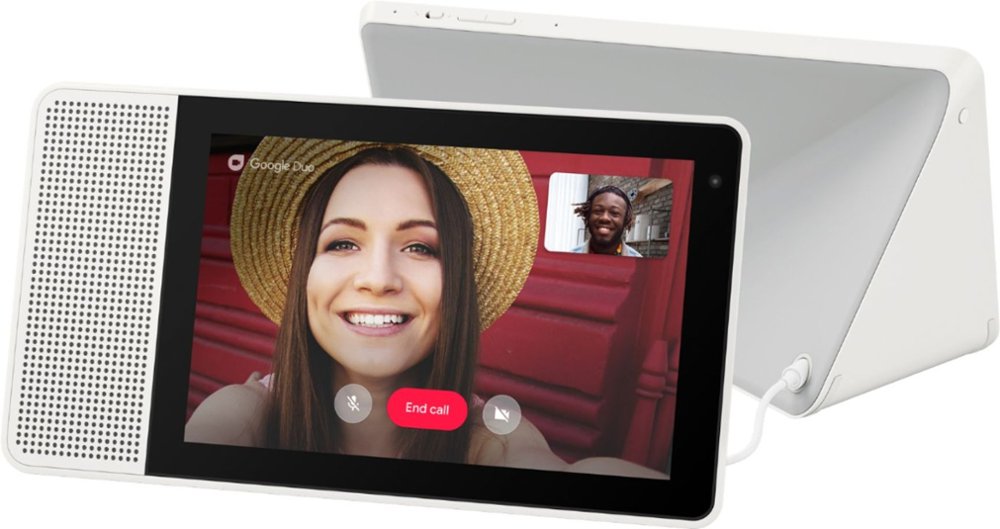
“What’s Lenovo doing here?!” I hear you ask.
A 2014 acquisition of Motorola by the Chinese firm means that much of the current Motorola output is created by this prestigious tech brand, meaning a lot of the tech and innovation seen in current output is shared between the two brands.
The Lenovo Smart Display makes an intelligent bid for your living room (or lounge, or kitchen) by marrying Google’s voice-activated Assistant to a clever multi-purpose device packing a 7 – 10-inch screen.
Anything from streaming music to playing YouTube recipes, the Smart Display cuts an imposing – yet attractive figure – on a desktop.
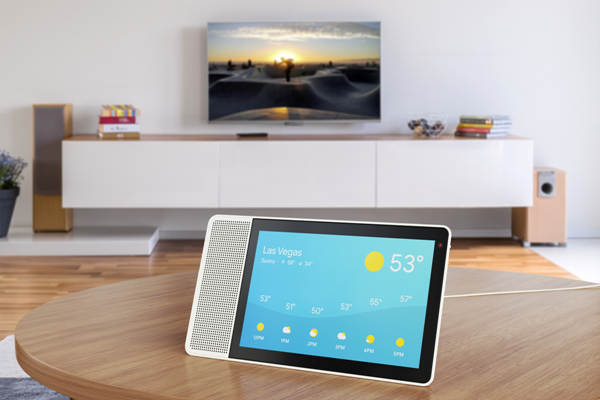
Integration with everything smart from lights to live video feeds on a home security camera, the Smart Display acts as the perfect connected hub.
A pair of speakers either on the side or beneath the display depending on the model blast out a range-y din depending on the content viewed, whilst the intuitive interface makes any member of the family a capable user in a matter of minutes.
Privacy is also the watchword of the day, and an instant physical mute switch for the microphone means your private moments aren’t shared and uploaded to the Cloud…unless you want them to be.
Google Photos integration turns the Smart Display into an arresting digital photo frame in moments, enabling both search by voice and the ability to cycle through a host of visual memories as a slideshow.
Motorola razr (2019)

Where to begin? I mean, just look at it!
Memories of Hanson’s MMMBop, scrunchies and Tamagotchis come flooding back just by scoping out the clean lines and hinged design of the rebooted Motorola razr phone, given a 2019 twist with the biggest current trend in tech circles – a folding display.
Rather than the curious hinges of the Samsung Galaxy Fold and Mate X, the razr’s clamshell design not only evokes nostalgia but makes perfect design sense, with the screen expanding to a 6.2″ diagonal effort once opened.
Not only that, but the innovation persists with not a seam to be seen – that unattractive bend in the display which sets in after persistent use is eradicated thanks to a world-first ‘zero-gap’ hinge.
The front of the phone isn’t neglected either, with a 2.7-inch screen that’s perfect for a quick peek at messages or alerts.
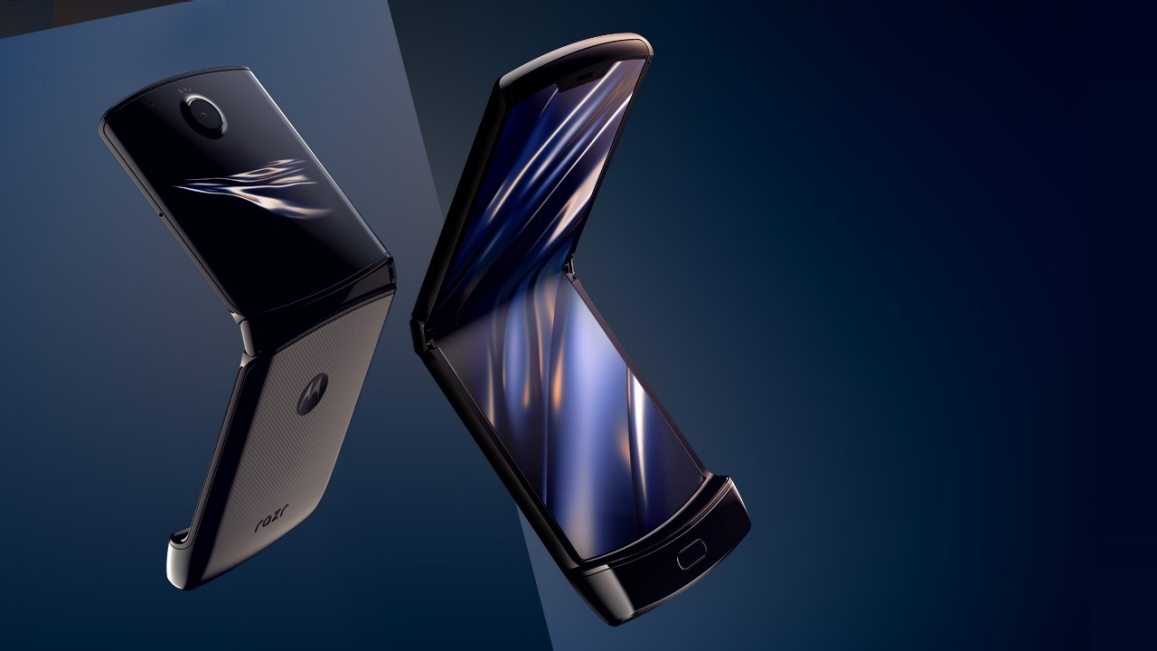
Android is naturally the order of the day, with the razr sporting a sleek and light iteration of the popular operating system – a watchword for Motorola devices to date – ensuring that all the latest and greatest updates make it to you first.
Not only that, but their other point of differentiation is present despite the slender form, namely a monstrous battery. The razr boasts an impressive 28 hours of use on a single charge, with TurboPower charging waiting in the wings should you need it.
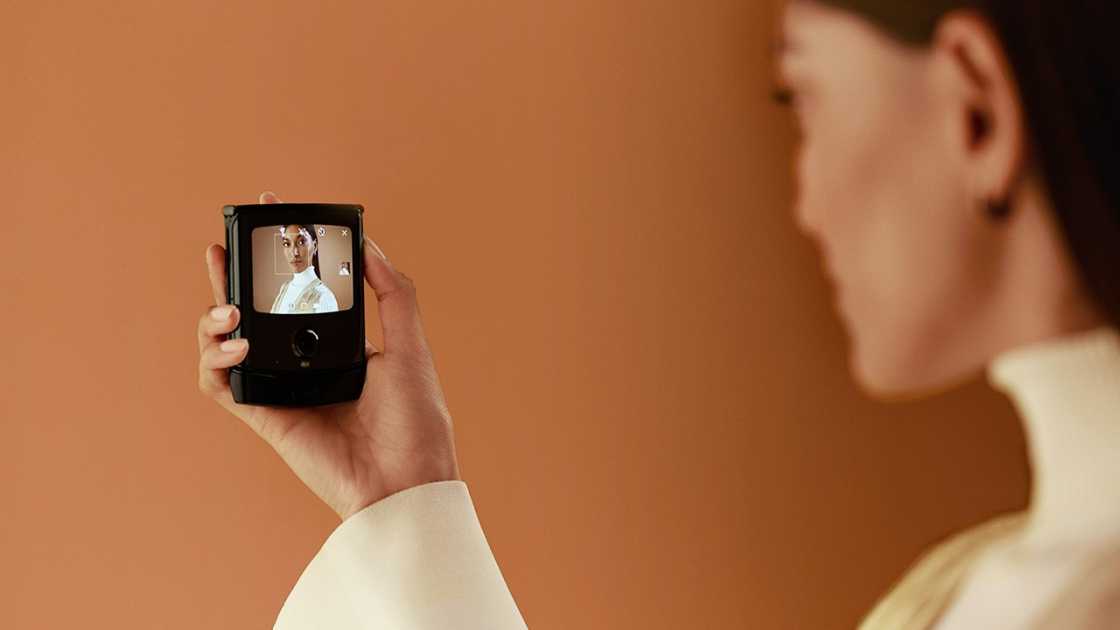
The 16MP camera on this is a little bit clever too, onboard artificial intelligence will automatically recognise the scene you’re about to snap and calibrate colour, contrast and settings to help you create the perfect shot. Not a single smile will be missed either, due to its auto-capture feature.
Arriving as an EE exclusive in the UK from 2020, it’ll cost in the region of £1,400…meaning that the price of cutting edge (albeit 4G) technology isn’t going to be as easy to obtain as other Motorola efforts.
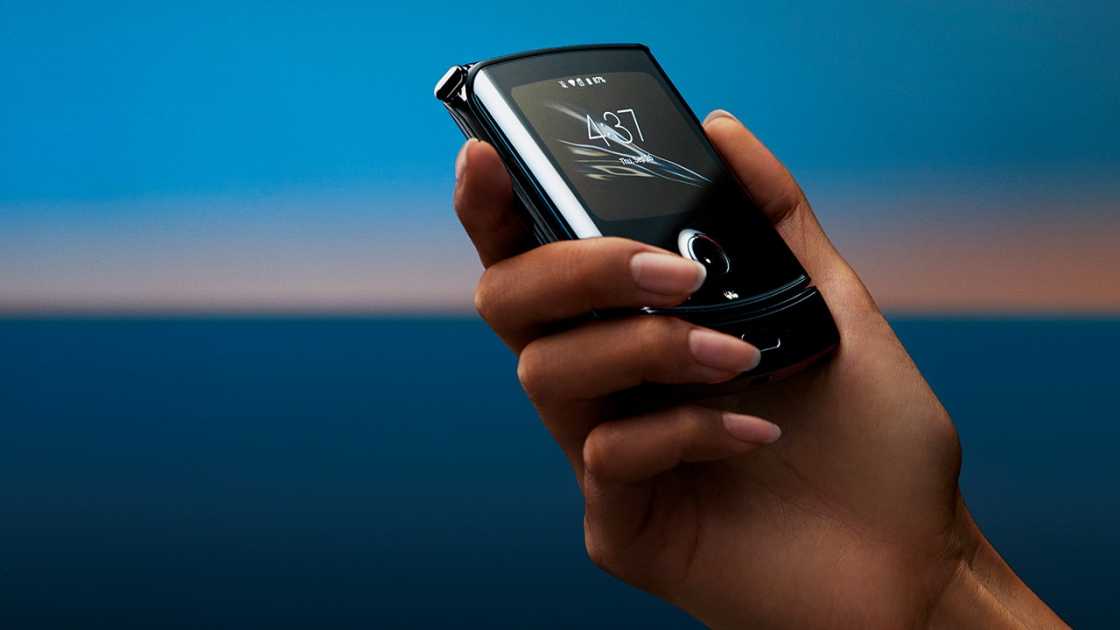
But with looks like that, you’re not going to be disappointed.
With a trio of devices aimed at not only assisting in the everyday but delivering assistance in the home and leading the way in style stakes, there’s every reason to assume that Motorola will be back in a big way for 2020…hello again Moto!
